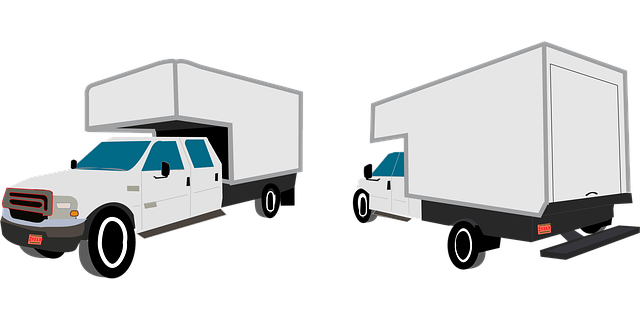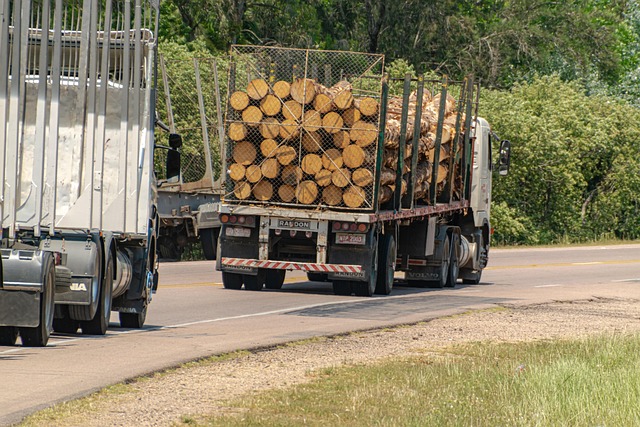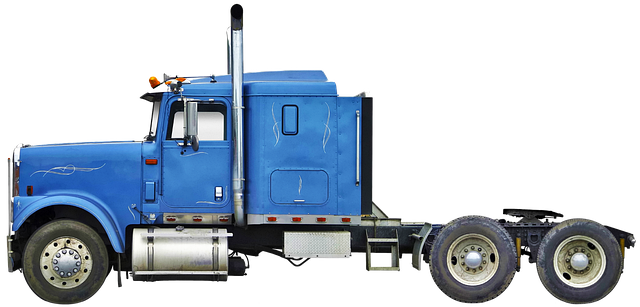Looking to register your car in California? This comprehensive guide walks you through the entire process, from understanding key requirements to securing your registration. First, grasp California’s car registration mandates, especially the crucial role of VIN (Vehicle Identification Number) verification. Next, gather essential documents for a smooth check. Perform the VIN check, submit your application and fees to the DMV, and finally, receive your new California registration plate.
- Understand California Car Registration Requirements
- Gather Necessary Documents for VIN Verification
- Perform Vehicle Identification Number (VIN) Check
- Submit Application and Pay Fees to DMV
- Receive Your California Registration Plate
Understand California Car Registration Requirements

Before registering your car in California, it’s crucial to understand the state’s specific requirements for vehicle registration. One key aspect is ensuring the Vehicle Identification Number (VIN) is verified accurately. This process, known as VIN inspection or VIN verification, plays a vital role in establishing ownership and ensuring the vehicle meets safety standards. California requires a thorough check of the VIN to prevent fraud and ensure the car’s history is transparent.
A mobile VIN inspection or using a mobile vin verifier can be convenient for drivers as these services bring the verification process directly to them. This option streamlines the initial registration process by providing on-site VIN validation, making it easier for owners to meet California’s requirements and complete their car registration smoothly.
Gather Necessary Documents for VIN Verification

Before registering your car in California, you’ll need to gather several key documents for VIN (Vehicle Identification Number) verification. This process is crucial to ensure the vehicle’s authenticity and history. You’ll require a valid driver’s license or state ID card, proof of residency within California, the vehicle’s title (if owned outright), and a current registration from the previous state (if the car was recently purchased outside California). Additionally, for a smooth inspection process, have your vehicle’s maintenance records ready, as well as any service receipts.
For convenience, many individuals opt for a mobile VIN inspection or utilize services that offer a vin inspection near them. This approach saves time and effort by having a professional perform the VIN verification on-site. Alternatively, you can visit a California Department of Motor Vehicles (DMV) office to conduct the check yourself using your vehicle’s VIN. Ensure all documents are in order to pass the inspection successfully and move forward with registering your car.
Perform Vehicle Identification Number (VIN) Check

Before you begin the registration process, it’s crucial to perform a Vehicle Identification Number (VIN) check. This step is an essential part of ensuring that your vehicle is legitimate and has no outstanding issues. In California, you can verify the VIN through several means, including using a mobile vin inspection or a mobile vin verifier. These services allow for quick and convenient VIN verification right from the comfort of your home or even while you’re on the go.
By checking the VIN, you’ll gain valuable insights into the vehicle’s history, such as its previous ownership, maintenance records, and any accidents or mechanical problems. This information is vital in making an informed decision about registering your car. With a simple mobile vin verification, you can save time and effort while ensuring that your vehicle meets all the necessary requirements for California registration.
Submit Application and Pay Fees to DMV

To register your car in California, the next step after preparing all necessary documents is to submit an application and pay the required fees at the Department of Motor Vehicles (DMV). This process involves completing the Application for Title and Registration form, which can be done online or in-person. Ensure that you have a valid, up-to-date Vehicle Identification Number (VIN) verification report. This is crucial as it confirms the vehicle’s history and ensures compliance with California’s regulations.
When submitting your application, be prepared to pay the registration fees, which may vary based on your vehicle type and age. You can opt for a mobile vin inspection or use a mobile vin verifier to streamline this process, making it more convenient and efficient. Remember to bring all necessary documents, including proof of ownership, insurance, and identification, to avoid delays during your visit to the DMV.
Receive Your California Registration Plate

After completing your California car purchase, the next step is to receive your registration plate. This involves a crucial process known as VIN verification, where the unique Vehicle Identification Number (VIN) of your car is cross-referenced with state records to ensure authenticity and compliance. You can conduct this vin inspection either at a designated DMV office or opt for a convenient mobile vin verification service.
By choosing a mobile option, you save time and effort by having the inspection done at your preferred location. This service ensures that your vehicle’s registration is complete and up-to-date, allowing you to hit the road legally with your new California plates in hand.
Registering a car in California involves understanding state requirements, gathering essential documents, completing a VIN verification check, and submitting applications to the DMV. By adhering to these steps—including the crucial vin verification process—you can secure your vehicle’s registration and hit the road legally in no time.
